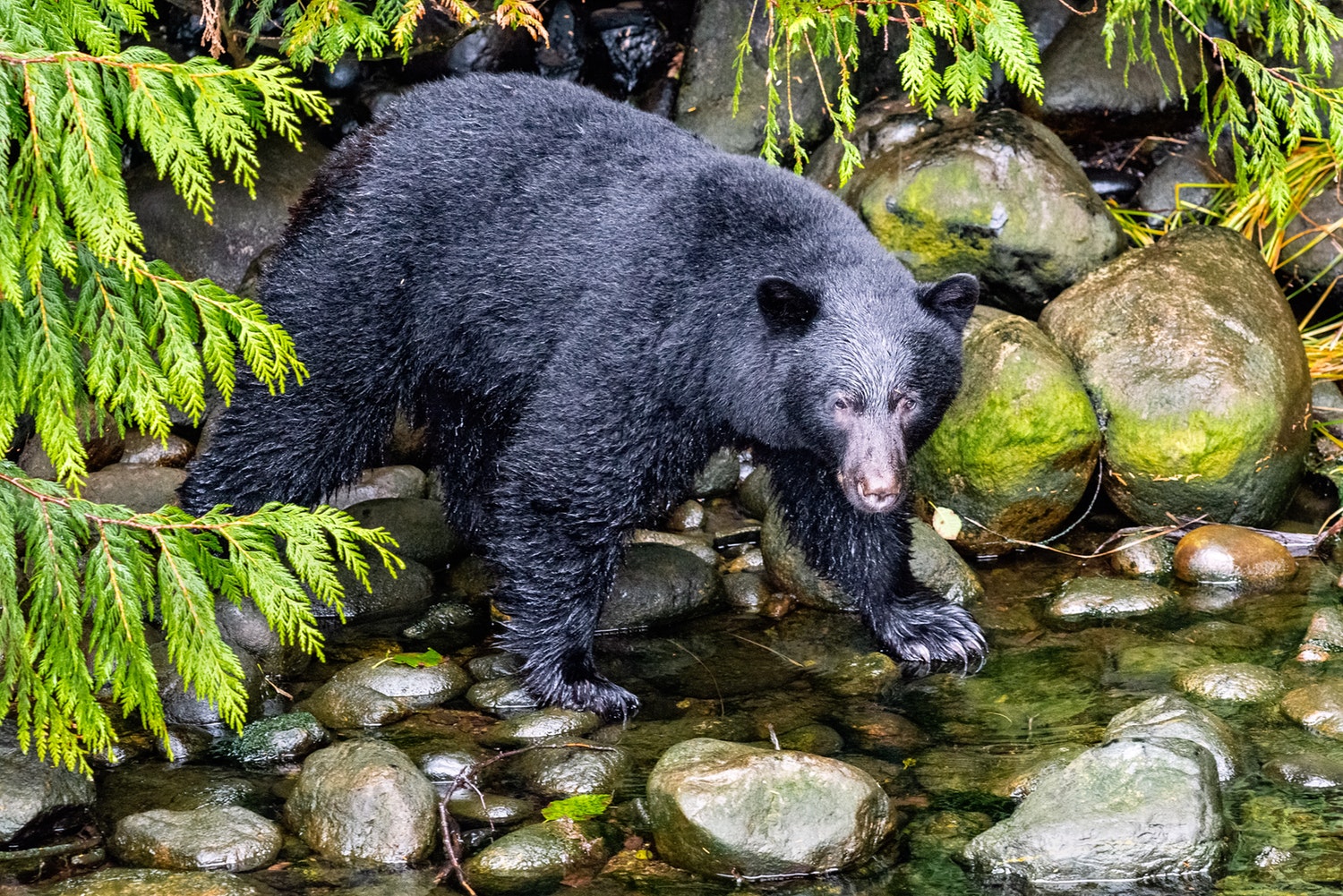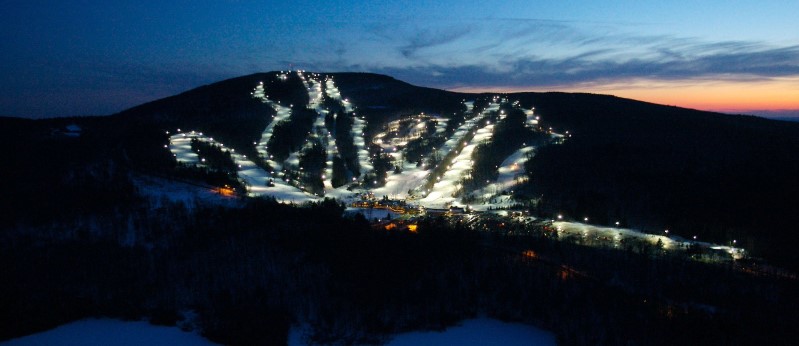
This December was the driest in the Swiss Alps since record keeping began in 1865, and the long-term trend is not looking good for winter sports. It may have been DEEPcember in the Tetons, but the European Alps have been alarmingly dry. According to MeteoSwiss, the Swiss plateau received an average of just .07 inches of precipitation during the month, in contrast to an average of 3.5 inches. This has led to the shutdown or delayed opening of many ski resorts in the country, and a drastic decline in what is generally a flurry of activity. The change is most pronounced at lower altitudes and the beautiful snow covered villages and chalets associated with the Alps are becoming an ideal rather than a reality.

Although numerous in recent memory, bad snow years were once a distant worry in the Swiss Alps. There is a reason that Switzerland has the largest glaciers in Europe; they generally receive a ton of solid precipitation over a long stretch of the year, with many high altitudes regularly seeing snowfall 12 months a year. The dry December this year was the result of a blocking high pressure system stalled over the Atlantic – similar to the ridges in California that led to the extreme drought in the past few years.
However, this is changing, especially at mid-level altitude between 1000 and 2500 meters. A recent study by the University of Neuchâtel, the WSL Institute for Snow and Avalanche Research SLF and the Swiss Federal Research Institute WSL concluded that, on average, the snow season begins 12 days later and ends 25 days earlier than 1970, with maximum snowpack 25% less, and 28 days earlier, than that period. The team has targeted the premature beginning of spring as the primary threat to the snowpack.

This is particularly devastating to winter sports because Switzerland, and it’s alpine neighbors, have some of the best developed mountain culture and access, not to mention by far the gnarliest lift-access terrain in the world. It’s no accident that the Freeride World Tour is an annual event at Verbier and Chamonix. As far as powder skiing goes, you don’t even understand the name of the game until you ski one of the massive glaciers. Hundreds of turns on the creamiest, smoothest slopes you can imagine.
Europe is the best place in the world for skiing and were losing it – fast.

Europe is warming faster than the rest of the planet. This change is more a kin to the warming in the Arctic – twice the global average – than, say, the warming in the U.S. This accelerated warming is probably a combination of natural climatic tendencies and climate change. We can continue putting massive tarps over the glaciers in the summer, or we can actually try and change our wasteful, western lifestyle.





#FakeNews
Global temps are plummeting at record rates, and your lackey reporters are just regurgitating fake news talking points. Pull the other. Or, continue with the current BS and lose readership. Ask Powder Mag and Match Stick Productions about how that works.
Well Sergei, you could stop over-promoting wasteful and unnecessary travel (especially air travel). What do you think the carbon footprint of jet-setting around the globe chasing powder is? I assure you it isn’t small.